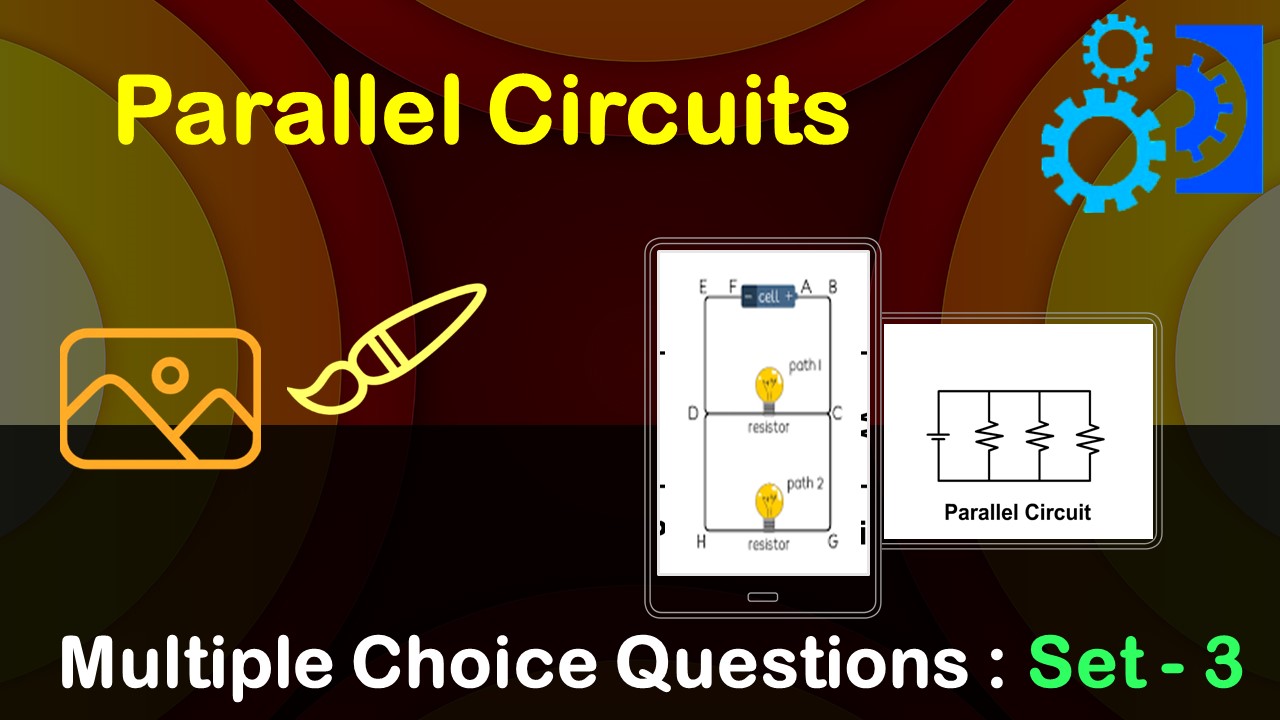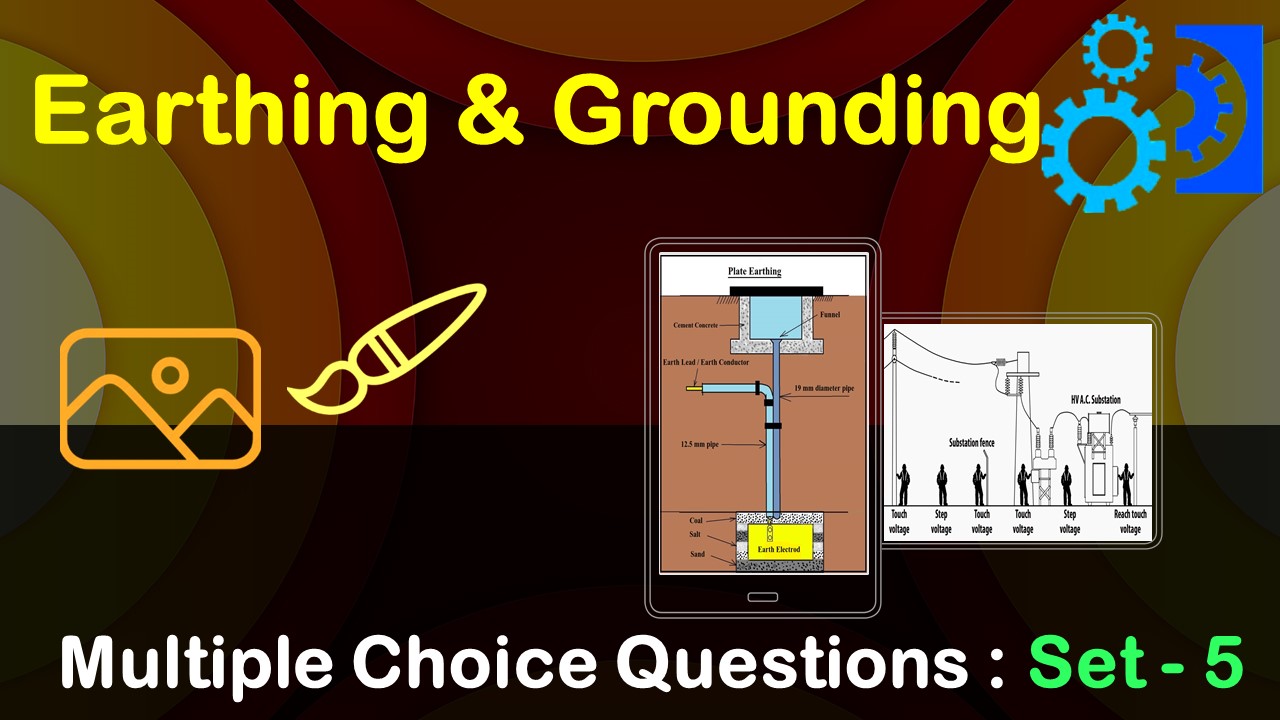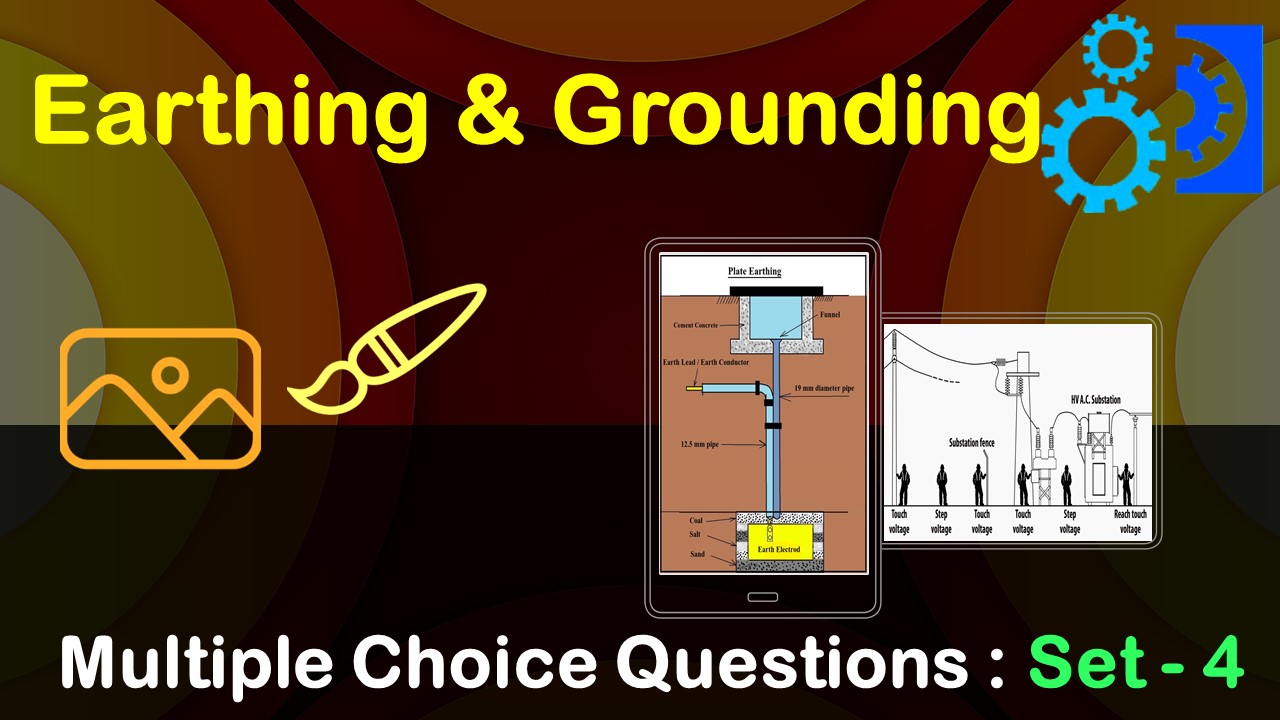MCQ Questions Electrical Engineering Parallel Circuits
Take a look at these MCQ Questions Electrical Engineering Parallel Circuits for engineering interview questions and our tips on how to answer them. If you’re applying for an engineering internship, graduate scheme or entry-level job, you’ll face at least one interview as part of an engineering employer’s recruitment process. You may be interviewed by one or more members of the HR team, senior members of the engineering team you’d be joining or a mixture of both. In this section we will study MCQ Questions Electrical Engineering Parallel Circuits.
As well as questions about your reasons for applying to the role and the employer in question, engineering recruiters will be assessing your potential in the areas that is crucial to any engineering role: technical expertise. Engineers may be asked to perform feats of fantastic technical prowess, but it will be as as part of a Justice League rather than as a solo engineering super hero.
The interviewer is almost as nervous as the candidate in most interviews. You might wonder if you look confident enough, if you will hire the right person, or if you are asking the right engineering interview questions. The last question is arguably the most crucial part to worry about when you’re interviewing candidates.
MCQ Questions Electrical Engineering Parallel Circuits - Set - 3
Question 1:
If one of the resistors in a parallel circuit is removed, the total resistance
A. Decreases
B. Increases
C. Remains the same
D. Doubles
A. Decreases
B. Increases
C. Remains the same
D. Doubles
Correct Answer – (B)
Question 2 :
Parallel resistors are connected between the same two points.
A. True
B. False
A. True
B. False
Correct Answer – (A)
Question 3 :
The currents into a junction flow along two paths. One current is 4 A and the other is 3 A. The total current out of the junction is
A. 1 A
B. 7 A
C. Unknown
D. The larger of the two
A. 1 A
B. 7 A
C. Unknown
D. The larger of the two
Correct Answer – (B)
Question 4 :
A parallel circuit acts as a current divider.
A. True
B. False
A. True
B. False
Correct Answer – (A)
Question 5 :
Three 47 Ω resistors are connected in parallel across a 110 volt source. The current drawn from the source is approximately
A. 2.3 A
B. 780 mA
C. 47 mA
D. 7.06 A
A. 2.3 A
B. 780 mA
C. 47 mA
D. 7.06 A
Correct Answer – (D)
MCQ Questions Electrical Engineering Parallel Circuits
Question 6:
When an additional resistor is connected across an existing parallel circuit, the total resistance
A. Remains the same
B. Decreases by the value of the added resistor
C. Increases by the value of the added resistor
D. Decreases
A. Remains the same
B. Decreases by the value of the added resistor
C. Increases by the value of the added resistor
D. Decreases
Correct Answer – (D)
Question 7:
The following resistors are in parallel across a voltage source: 220 Ω, 470 Ω, and 560 Ω. The resistor with the least current is
A. 220 Ω
B. 470 Ω
C. 560 Ω
D. Impossible to determine without knowing the voltage
A. 220 Ω
B. 470 Ω
C. 560 Ω
D. Impossible to determine without knowing the voltage
Correct Answer – (C)
Question 8:
The number of current paths equals the number of resistors in parallel.
A. True
B. False
A. True
B. False
Correct Answer – (A)
Question 9:
If there are a total of 120 mA into a parallel circuit consisting of three branches, and two of the branch currents are 40 mA and 10 mA, the third branch current is
A. 50 mA
B. 70 mA
C. 120 mA
D. 40 mA
A. 50 mA
B. 70 mA
C. 120 mA
D. 40 mA
Correct Answer – (B)
Question 10:
The power dissipation in each of four parallel branches is 1.2 W. The total power dissipation is
A. 1.2 W
B. 4.8 W
C. 0.3 W
D. 12 W
A. 1.2 W
B. 4.8 W
C. 0.3 W
D. 12 W
Correct Answer – (B)
- NCERT Solutions Class 11 Physics Chapter 1 : Physical world
- NCERT Solutions Class 11 Physics Chapter 2 : Units And Measurements
- NCERT Solutions Class 11 Physics Chapter 3 : Motion In A Straight Line
- NCERT Solutions Class 11 Physics Chapter 4 : Motion In A Plane
- NCERT Solutions Class 11 Physics Chapter 5 : Laws of Motion
- NCERT Solutions Class 11 Physics Chapter 6 : Work Energy Power
- NCERT Solutions Class 11 Physics Chapter 7 : Rotational-Motion
- NCERT Solutions Class 11 Physics Chapter 8 : Gravitation
- NCERT Solutions Class 11 Physics Chapter 9 : Mechanical Properties of Solids
- NCERT Solutions Class 11 Physics Chapter 10 : Mechanical Properties of Fluids
- NCERT Solutions Class 11 Physics Chapter 11 : Thermal Properties of Matter
- NCERT Solutions Class 11 Physics Chapter 12 : Thermodynamics
- NCERT Solutions Class 11 Physics Chapter 13 : Kinetic Theory
- NCERT Solutions Class 11 Physics Chapter 14 : Oscillations
- NCERT Solutions Class 11 Physics Chapter 15 : Waves
Multiple Choice Questions for Competitive Exams
- MCQ Questions Class 11 Chemistry Environmental Chemistry with Answers
Set -1 Set -2 Set -3 Set -4 Set -5 - MCQ Questions Class 11 Chemistry Hydrocarbons with Answers
Set -1 Set -2 Set -3 Set -4 Set -5 - MCQ Questions Class 11 Chemistry Organic Chemistry with Answers
Set -1 Set -2 Set -3 Set -4 Set -5 - MCQ Questions Class 11 Chemistry The p Block Elements with Answers
Set -1 Set -2 Set -3 Set -4 Set -5 - MCQ Questions Class 11 Chemistry The s Block Elements with Answers
Set -1 Set -2 Set -3 Set -4 Set -5 - MCQ Questions Class 11 Chemistry Hydrogen with Answers
Set -1 Set -2 Set -3 Set -4 Set -5




